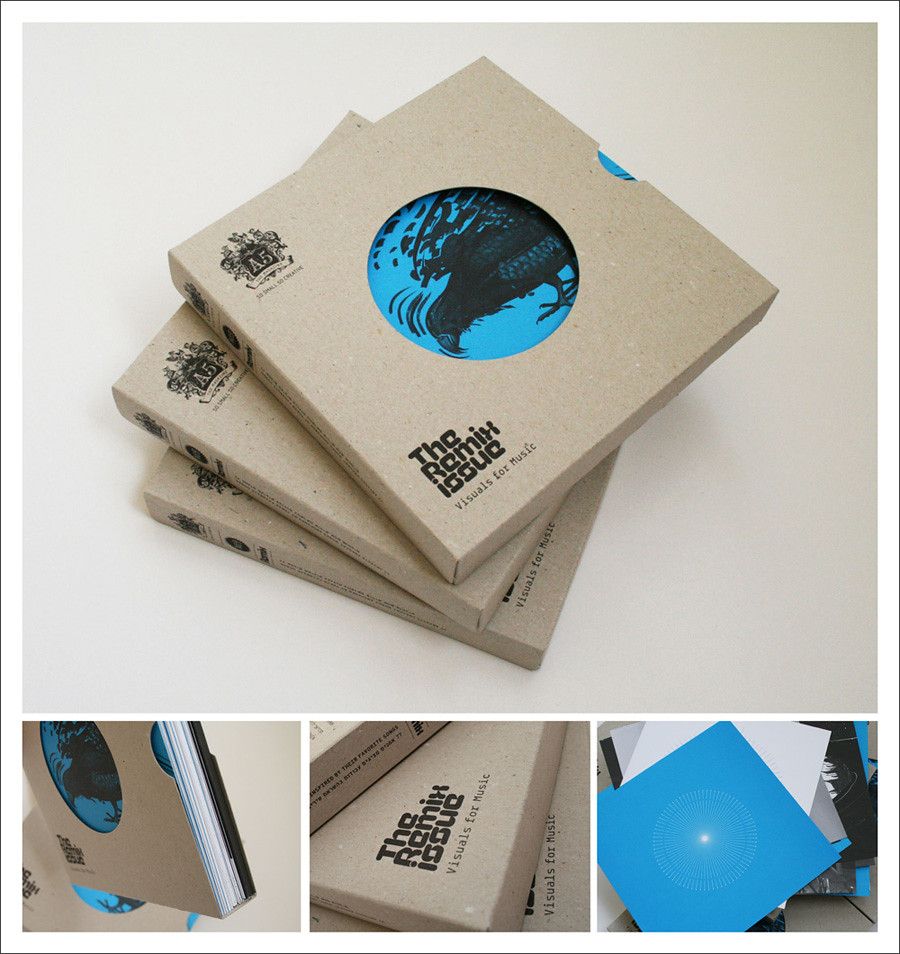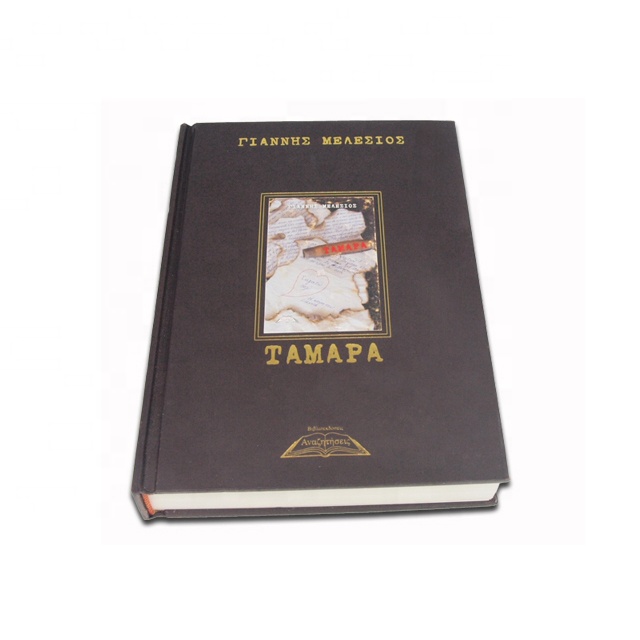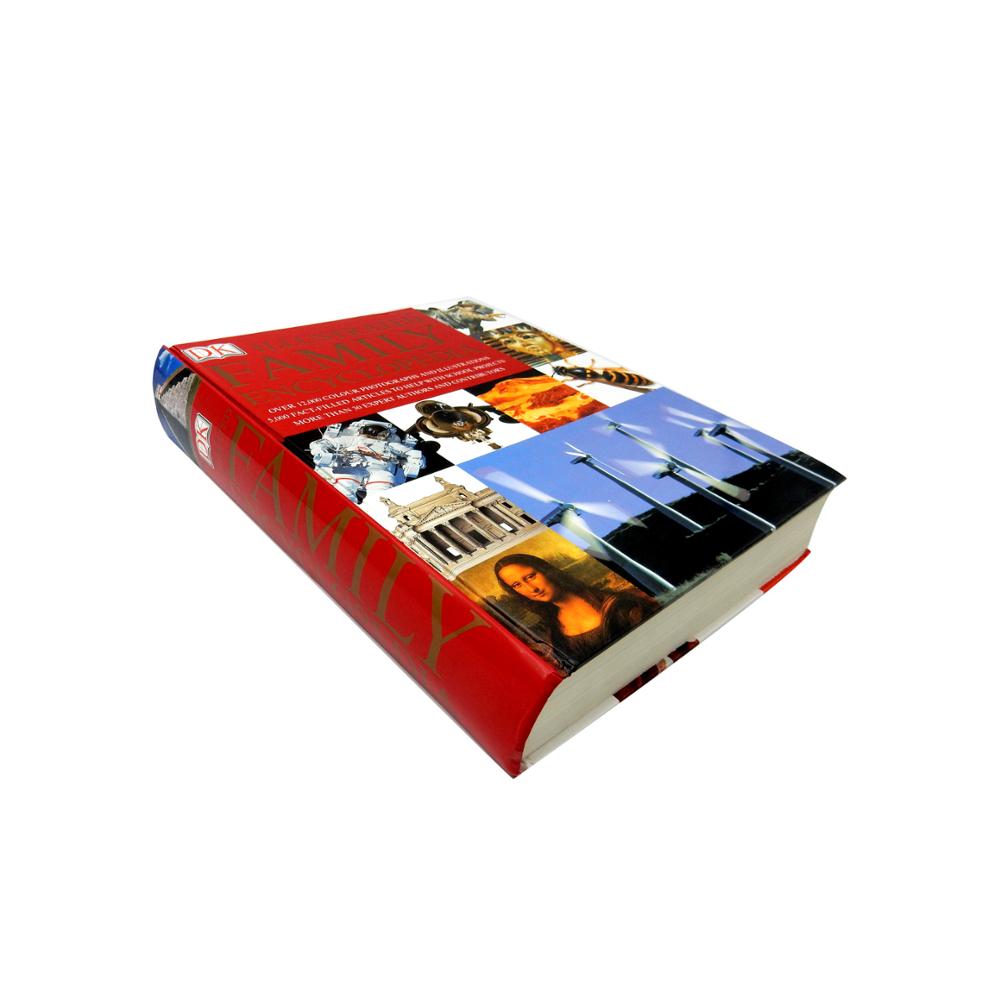Quanto costa stampare un libro tascabile di 200 pagine?
As a dedicated book printing factory, we understand that the journey of self-publishing can be both exhilarating and daunting, especially when it comes to determining the costs involved in printing your book. If you’re an author or publisher preparing to launch a 200-page paperback, this guide will walk you through the key considerations and calculations necessary to establish an effective pricing strategy.
Sommario
1. The Crucial Role of Book Pricing in Self-Publishing
Setting the right price for your book is one of the most critical components of your self-publishing journey. While it can be uncomfortable for many authors to discuss financial matters, understanding the costs associated with printing and selling your book is essential for achieving success. From print costs to retail pricing, every aspect plays a significant role in your overall profitability.
A realistic budget will not only help you cover your expenses but also allow you to price your book competitively. Without this foundational understanding, you might struggle to navigate the self-publishing landscape effectively.
2. Factors Influencing Book Printing Costs
2.1 Print Options and Their Impact
The printing costs for your book will vary widely based on several key factors:
Tipo di carta: The choice of paper significantly affects the look and feel of your book. Higher-quality paper (such as thicker, acid-free options) enhances durability and visual appeal but comes at a higher cost. Consider how the paper will impact the reader’s experience.
Binding Method: Different binding techniques, such as perfect binding, saddle stitching, or spiral binding, come with varying costs. Perfect binding is common for paperbacks but may have a higher upfront cost compared to simpler methods.
Qualità dell'inchiostro: The type of ink used—whether black and white or full-color—will influence your print cost. Full-color printing is typically more expensive due to the additional inks and setup required.
Numero di pagine: Naturally, the total number of pages in your book is a significant factor. More pages mean more paper and ink, which will raise the overall cost. A 200-page book will differ significantly in cost compared to a shorter title.
2.2 Shipping Considerations
Shipping is another essential factor in your cost calculations. Whether you’re shipping single copies or bulk orders, understanding these costs will help you budget effectively. Our pricing calculator can help estimate shipping expenses based on the size and weight of your book, as well as the distance it needs to travel.
3. Determining Your Book’s Price
3.1 Average Retail Pricing
For a 200-page paperback, the average retail price generally ranges between $9.99 and $18.99. This price spectrum is applicable to both traditionally published and self-published titles across various genres, including fiction and non-fiction.
At our facility, we base our pricing structure on the actual print cost, ensuring there are no hidden fees. Your retail price will consist of the printing costs, shipping fees, and the profit margin you want to achieve.
3.2 Print Cost Breakdown
To provide clarity, let’s explore an example. For a standard US Trade paperback with 200 pages, the print cost might be around $5.54. This figure will fluctuate based on various factors such as color printing and additional page count. Utilizing our pricing calculator allows you to customize your project and understand the specific costs involved.
4. Establishing Your Retail Pricing Strategy
4.1 Pricing Formula
When calculating your retail price, consider using the following formula:
Retail Price = Print Cost + Desired Revenue
For example, if the print cost is $5.54 and you decide to set the retail price at $11.99, your profit per book would be $6.45. When selling through our bookstore, you retain 80% of that revenue, which significantly boosts your earnings.
4.2 Channel Considerations
When you sell your book through retail platforms like Amazon or Barnes & Noble, keep in mind that these distributors have their own pricing strategies, often including additional fees. Understanding these structures is essential for maximizing your earnings and setting a competitive price.
5. Strategies for Setting Your Book Price
5.1 Balancing Sales and Profit
There are various strategies you can adopt when pricing your book. If your goal is to maximize sales, consider setting a lower price to attract readers. Conversely, if you’re targeting a niche audience, you may opt for a higher price point to capitalize on the fewer sales you might make.
Researching historical pricing trends can also guide your pricing decisions. Resources such as the School Library Journal provide insights into average prices, allowing you to position your book effectively within the market.
5.2 Understanding Your Audience
Knowing your target audience is key to setting the right price. If your book appeals to a niche market with dedicated readers, a higher price might be justified. Conversely, broader audiences may respond better to more competitive pricing.
6. Understanding Author Earnings
6.1 Revenue Models
Self-publishing platforms generally offer authors a share of the revenue, typically ranging from 50% to 80%. For instance, by using our services, you can keep up to 80% of your earnings from sales made in our bookstore.
To determine your earnings accurately, use this straightforward formula:
Net Revenue = Print Cost + (Retail Price – Retail Cut)
If your book retails for $10 and costs $5 to print, you’ll make $4 for each sale.
6.2 Factors Affecting Earnings
Be aware that additional factors can influence your earnings. Utilizing global distribution can introduce wholesale pricing strategies that might include markups. If you sell directly through your own website, you can retain 100% of the revenue, making it a lucrative option for authors.
7. The Role of Shipping Costs
Shipping fees are an essential consideration for readers and authors alike. While these costs do not directly impact your profit margins, they contribute to the overall purchase price for consumers. Ensure that you factor in both retail pricing and shipping fees to provide a transparent total cost for your customers.
8. Offering Multiple Formats
When launching your book, consider offering it in various formats, such as paperback, hardcover, and ebook. Providing multiple options increases accessibility for your readers and can lead to greater sales opportunities.
By self-publishing, you have the freedom to set your own prices, making it possible to adjust them based on market feedback or changes in production costs.
9. Simplifying the Pricing Process
The key takeaway from this guide is the importance of thoroughly understanding the various components that contribute to book pricing. Avoid the pitfall of rushing your book to market without fully grasping the financial landscape.
Educate yourself on all available options, including how print costs, revenue expectations, and sales channels work together to shape your pricing strategy. This knowledge will empower you to make informed decisions that benefit your publishing journey.
6. Conclusion
Printing a 200-page paperback book involves various costs that significantly impact your pricing strategy. By understanding print options, shipping expenses, and revenue models, you can establish a price that not only covers your costs but also maximizes your potential profits.
As you navigate your self-publishing journey, remember that thorough research and strategic planning are vital. By arming yourself with the right knowledge, you can effectively manage your costs and achieve your publishing aspirations. Your book deserves to reach its audience, and with the right approach, you can make that a reality.
Domande frequenti
FAQ 1: What can I do to minimize my printing costs?
To reduce printing costs, consider ordering in bulk, selecting standard paper options, and utilizing black-and-white printing for text-heavy books. Evaluating different binding options can also lead to significant savings.
FAQ 2: How do I set a competitive retail price for my book?
Research similar titles within your genre to gain insights into typical pricing. Use historical data, such as average prices from resources like the School Library Journal, to guide your pricing strategy while ensuring that it reflects your book’s value.
FAQ 3: How does selling on different platforms affect my earnings?
Different sales platforms have various revenue-sharing models. Direct sales through your website allow you to keep all profits, while retail platforms may take a percentage of each sale. Be sure to calculate your potential earnings according to the specific terms of each platform you choose.
Stampa di libri
Nuovi prodotti
Ultimo blog
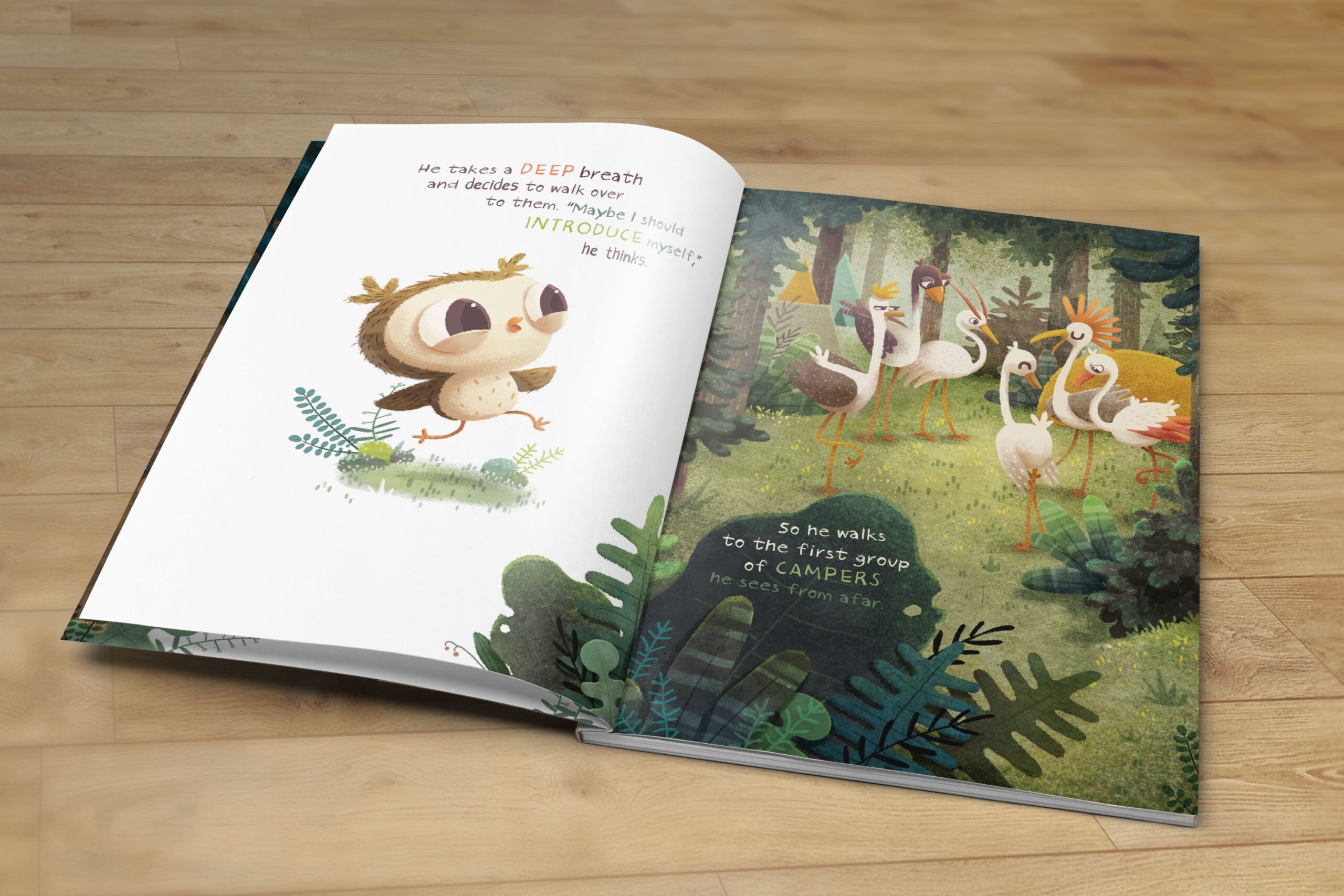
Qual è la carta migliore per i libri illustrati?
Quando si tratta di stampare libri illustrati, la qualità della carta gioca un ruolo fondamentale nel risultato finale. La scelta della carta giusta esalta l'attrattiva visiva delle tue illustrazioni,

Guida completa alla rilegatura personalizzata di libri con copertina rigida
La rilegatura con copertina rigida rimane la scelta migliore per autori, editori e amanti dei libri, grazie alla sua impareggiabile durevolezza e all'estetica elegante. Mentre i libri tascabili offrono praticità e portabilità,

Quanto costa stampare un libro?
L'autopubblicazione è diventata sempre più una scelta ideale per scrittori e creatori di contenuti che desiderano mantenere il controllo sul proprio lavoro dalla creazione alla vendita. A differenza dell'editoria tradizionale,

Quale carta è migliore per stampare libri per bambini?
Quando si crea un libro per bambini, ogni elemento è importante, in particolare la scelta della carta. Selezionare il tipo di carta giusto può migliorare l'aspetto di un libro,
Contattaci
- +86 13946584521
- info@booksprinting.net
- 8:00 - 22:00 (lun - dom)
Commenti
Blog correlati
Scopri le ultime tendenze e le conoscenze più comuni nel settore della stampa di libri.
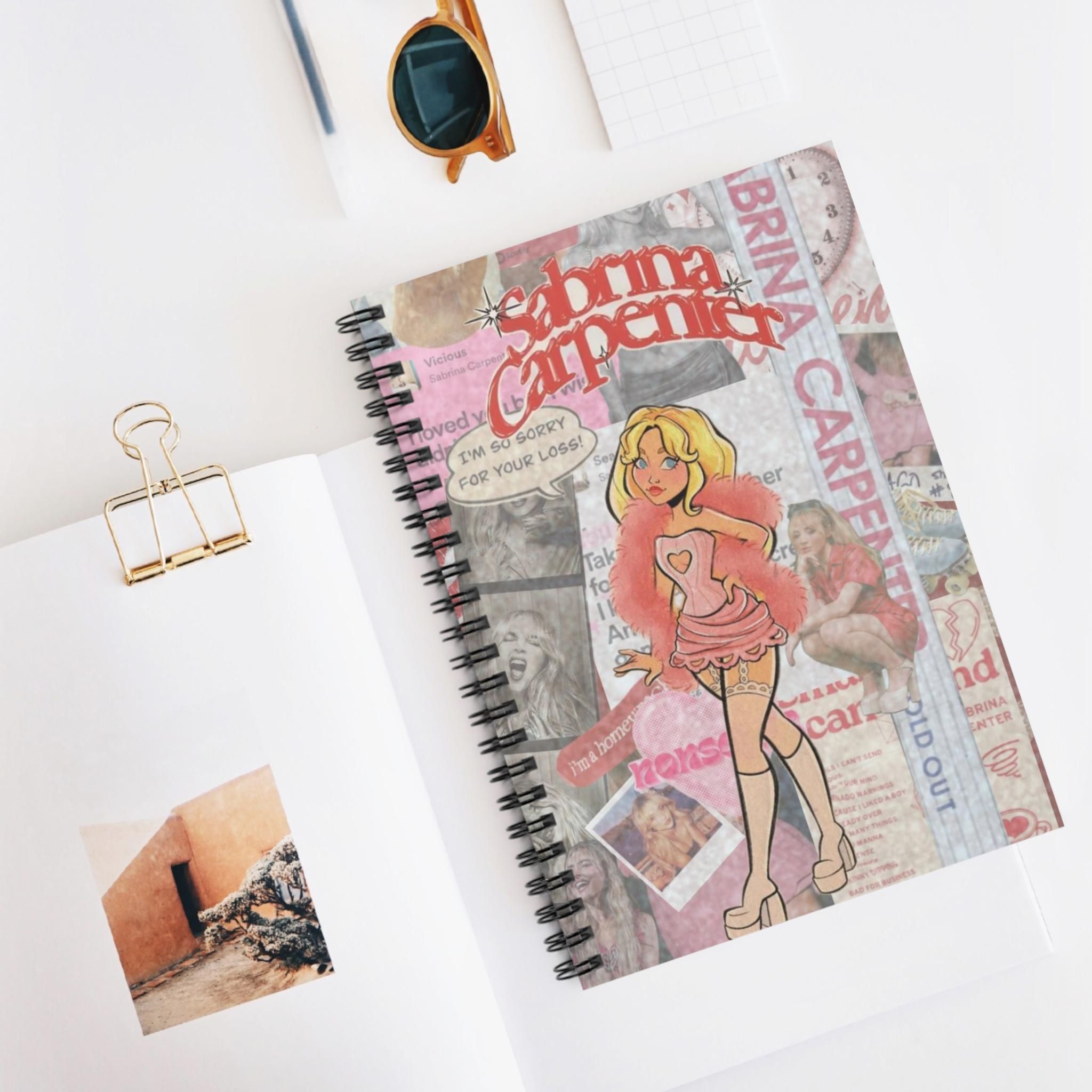
La guida definitiva ai libri rilegati a spirale: perché sono perfetti per le esigenze della tua azienda
I libri con rilegatura a spirale sono una scelta popolare per chi desidera mantenere i propri documenti organizzati, accessibili e professionali.

5 principali vantaggi dei servizi di stampa in blocco per le aziende
In un ambiente aziendale in continua evoluzione, raggiungere l'efficienza sia in termini di costi che di tempi è fondamentale per restare un passo avanti alla concorrenza.
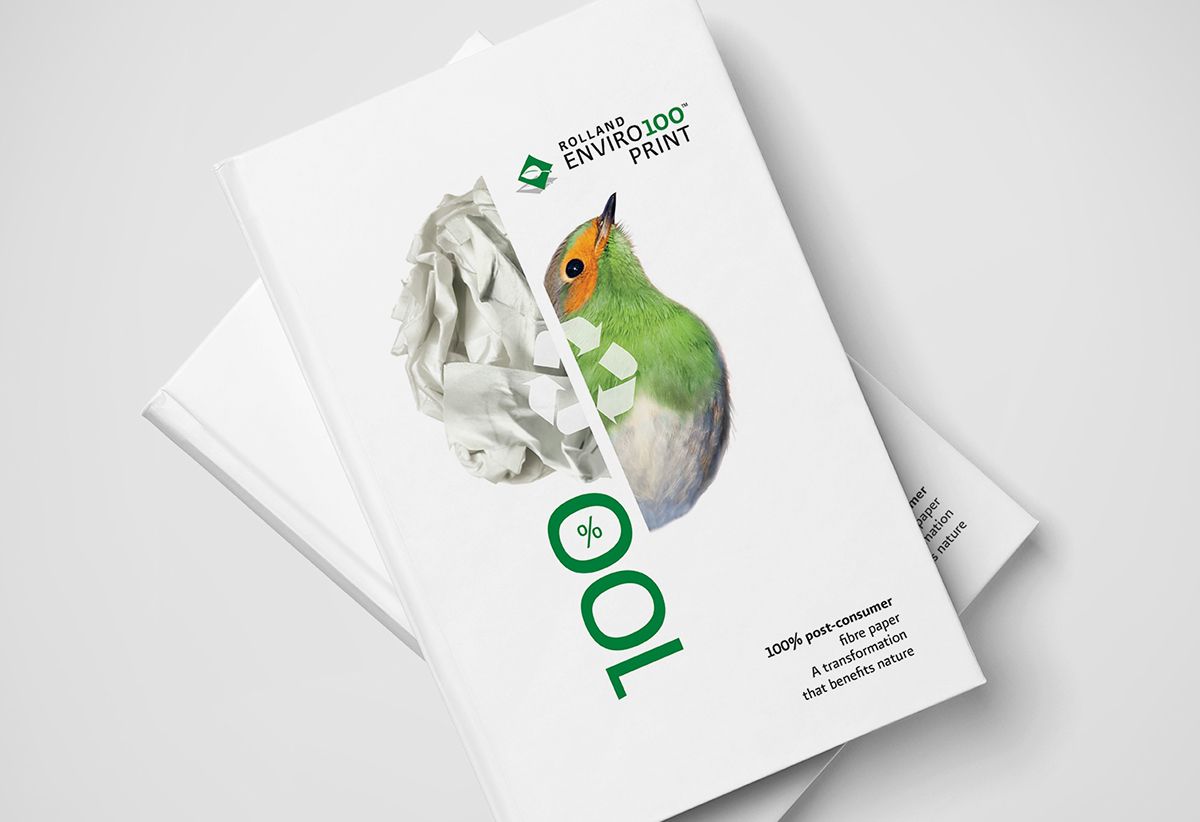
Qual è la dimensione migliore per un libro autopubblicato?
Se ti stai tuffando nell'autopubblicazione, una delle tue preoccupazioni principali sarà trovare opzioni economiche per la stampa dei libri

Il potere della stampa di libri personalizzati
Se ti stai tuffando nell'autopubblicazione, una delle tue preoccupazioni principali sarà trovare opzioni economiche per la stampa dei libri

